In 1755, after the defeat of Braddock during the French and Indian War, the settlers began having troubles with Indians. Members of the local families, including the Boyers, erected a blockhouse for protection against attacks. But the Boyers were unlucky and were the victims of an attack. One history book describes the attack this way:
Mr. Boyer, one morning, went up to the farm with his son, Frederick, then thirteen years of age, and the other children, to attend to the crops. Mr. Boyer was plowing and Fred was hoeing potatoes, while the children were in the house or playing nearby. Without any warning they were surprised by the appearance of Indians. Mr. Boyer saw them first and shouted to Fred to run. Mr. Boyer first ran towards the house. Finding he could not reach it he ran for the creek, and was shot through the head as he reached the farther side. Fred had escaped to the wheat-field but was captured and brought back. The Indians scalped his father in his presence. They took the horses from the plow, his sisters and himself, and started for Stone Hill, in the rear of the house. After reaching the level land on the top they were joined by another party of Indians and marched northward to Canada. The sisters, in the march, were separated from their brother and were never afterward heard from. Frederick was a prisoner with the French and Indians in Canada for five years, and was then sent to Philadelphia. Nothing was ever learned of the fate of Mrs. Boyer or of the other families who remained at the block house. (Alfred Mathews and Austin N. Hungerford, History of the Counties of Lehigh and Carbon, in the Commonwealth of Pennsylvania (Philadelphia: Everts and Richards, 1884), p. 761.)
The Indians reportedly held an extreme hatred for people with red hair; Henry was a redhead. He died on June 2, 1757. The book American Boyers gives a short account of the fate of the children. “Dorothea and Catherine Boyer, were the two sisters of Frederick Beyer, and like him they were carried captives to Canada. One of the sisters married an Indian Chief, and was highly honored. A Western Paper long in possession of Charles Boyer, Fremont, Ohio, relates how the Indians erected a monument over her grave and called her the ‘White Queen.’ She came to see her brother Frederick once with two little Indian children boys, but returned to her husband saying he was very good to her, and she had promised him to return.”
Frederick remained a prisoner for five years, then was sent to Philadelphia to be exchanged. He returned to Towamensing Township, took possession of the family farm, and in 1768 married Susanna Mehrkam (1750-1815), daughter of Conrad Mehrkam, a constable living in Lower Towamensing Township.
An alternate version of the story appears in the History of Lehigh County, PA, Volume 2, p. 139.
John Jacob Beyer settled near the Lehigh Gap in Northampton county, (now Carbon) where he took up land in 1755 and carried on farming when the great incursions and massacres of the Indians arose. This land was previously owned by Charles Straub, and Boyer erected a log house for the protection of the first settlers of that vicinity. During those dangerous times he and his son Frederick were working in a field along the mountain when they were suddenly attacked by a party of Indians who violently seized the father and scalped him and took the son a captive together with a young daughter and led them to Canada. On the way in the long and difficult journey the brother and sister became separated and the sister was never afterward heard from.
Frederick Boyer, the brother, was discovered as a prisoner under the French and Indians for five years and in an exchange was sent to Philadelphia and from there soon found his way back to the Lehigh Gap. He secured the land of his father and married Susanna Mehrkam, a daughter of Conrad, who resided in that locality and subsequently took part in the Revolution; and they became the parents of eight children: John, George (born in 1768, died in i8bi at the age of 93 years, and married to Christiana Kline with whom he had three children, Adam, William and Jacob); Henry (married to Magdalena Strohl and had three children, Henry, Joseph and Reuben); Andrew (married to Mary Grunsweig and had five children, John, Andrew, Daniel, Frederick, and a daughter who became the wife of Buck); Mary, Susan, Catharine and Elizabeth.
Residence
1790
Property Records
-
Pennsylvania, Land Warrants and Applications, 1733-1952, Northampton, 1795, Frederick Boyer
-
Pennsylvania, Land Warrants and Applications, 1733-1952, Northampton, 1786, Frederick Boyer
-
Pennsylvania, Land Warrants and Applications, 1733-1952, Northampton, 1786, Number 292, Frederick Boyer
-
Pennsylvania, Land Warrants and Applications, 1733-1952, Northampton, 1786, Number 292, Frederick Boyer
-
Pennsylvania, Land Warrants and Applications, 1733-1952, Northampton, 1793, Frederick Boyer
Military Service
Frederick was a Private, Sixth Class, in Captain George Nolf’s Company, Middle Bethlehem Township, Northampton County Militia during the Revolutionary War. His record is found in the Pennsylvania Archives, series 5, v. 8, pages 242, 253, 283, and 309. On May 14, 1778, he was in the 4th Battalion, 3rd Company, along with his brother Henry Boyer. On October 18, 1780, May 15, 1781, and in 1782, Frederick is listed in the 3rd Battalion, 4th Company.
Death
Frederick died on October 31, 1832, at the age of 89 and is buried at St. John’s Lutheran Church in Towamensing. His gravestone is located in the first row of the northeast corner.
Sources
- W.H. Boyer, “The Boyer Farm–Kunkle’s Grove,” Zinc Magazine (New Jersey: 1928), pp. 232-233. Download PDF. I copied this at the Palmerton Library.
- Frederick Boyer on WikiTree
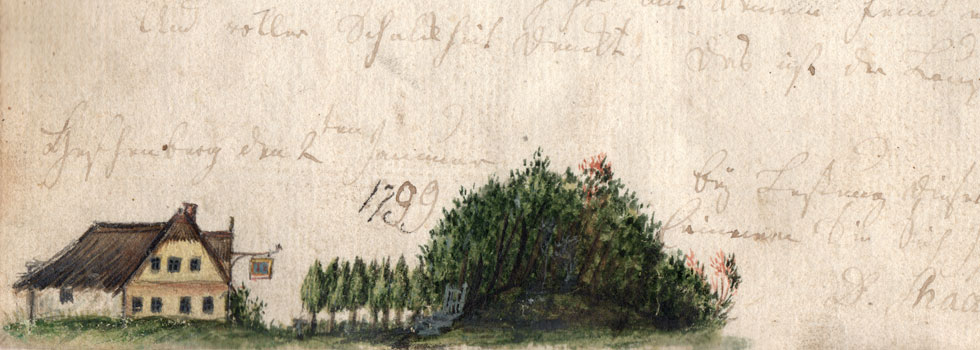
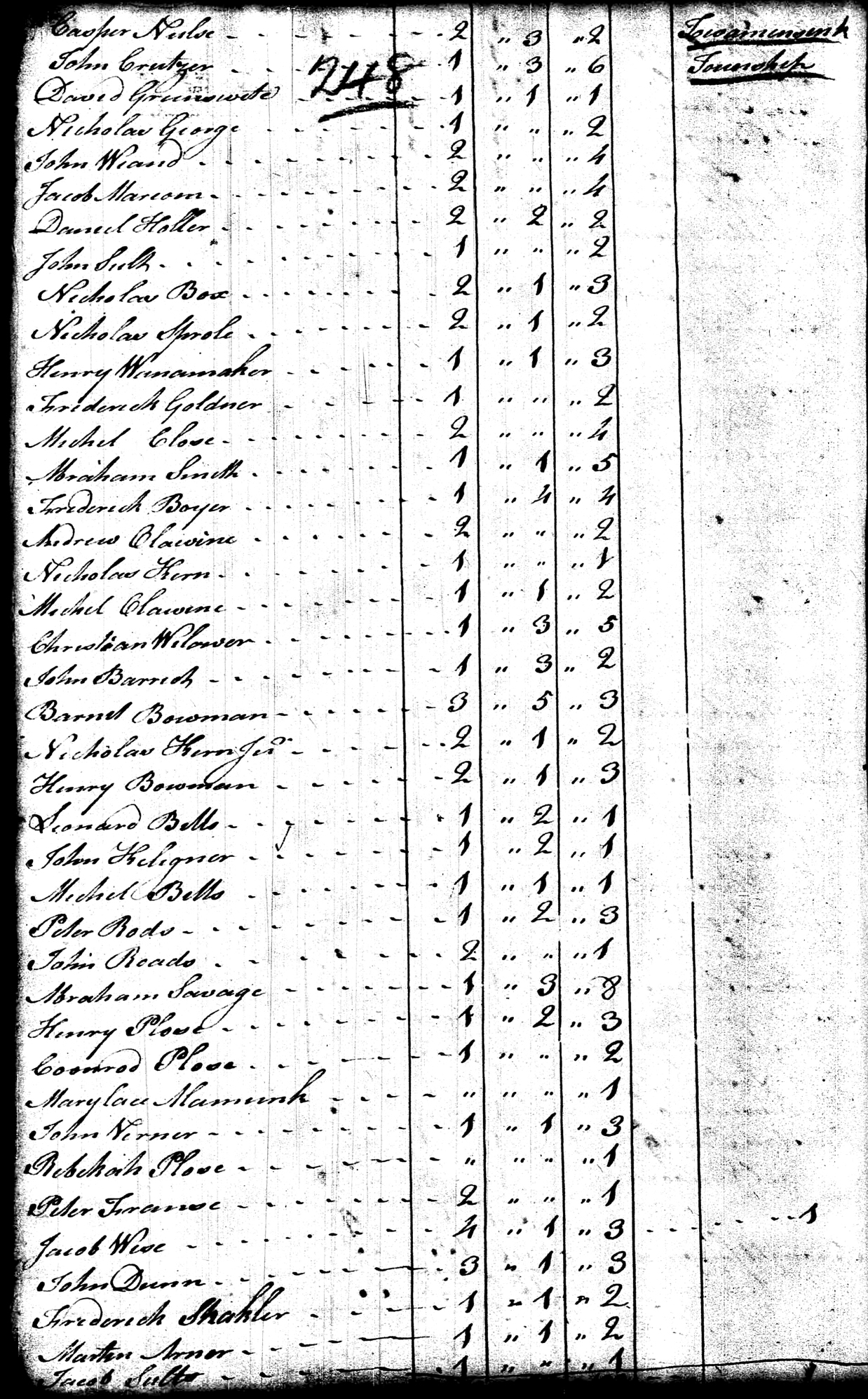
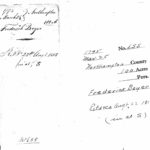
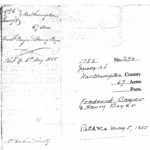
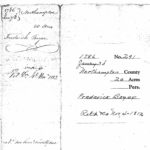
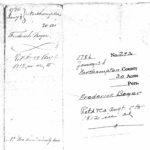
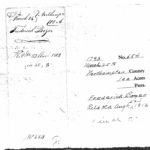
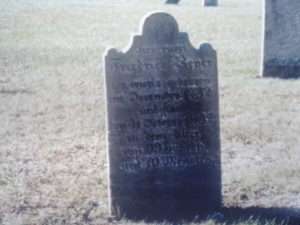
Karen, you have put together an interesting story about my x4 greatgrandfather. Thank you for posting. I was hunting for his Revolutionary War service and you provided the info (with sources! Thank you!).
The land warrants you displayed show that Henry was his father rather than John Jacob Beyer whom several histories cite. Also the guardianship papers name Henry (Orphans Court Records and Index, 1752-1882, volume 2, pages 25-26) and you can access that at familysearch.org. Happy hunting!